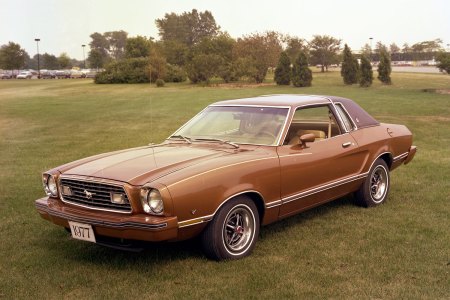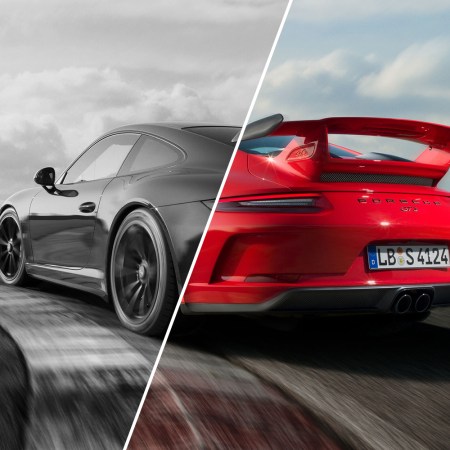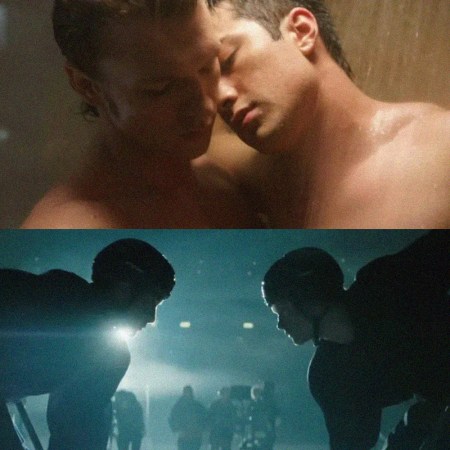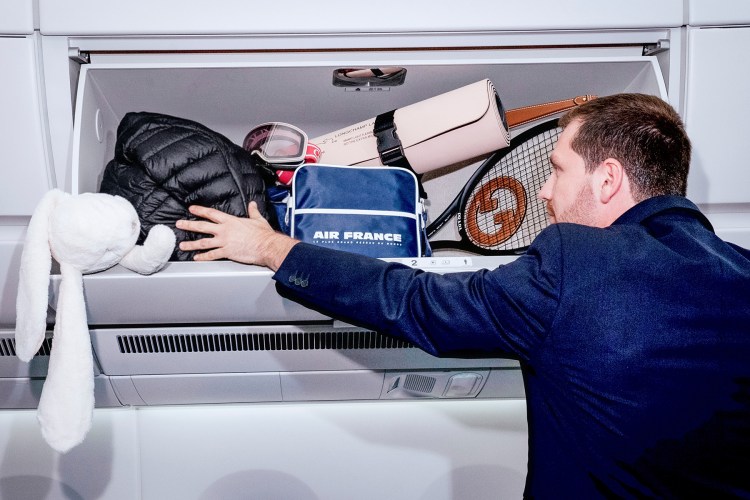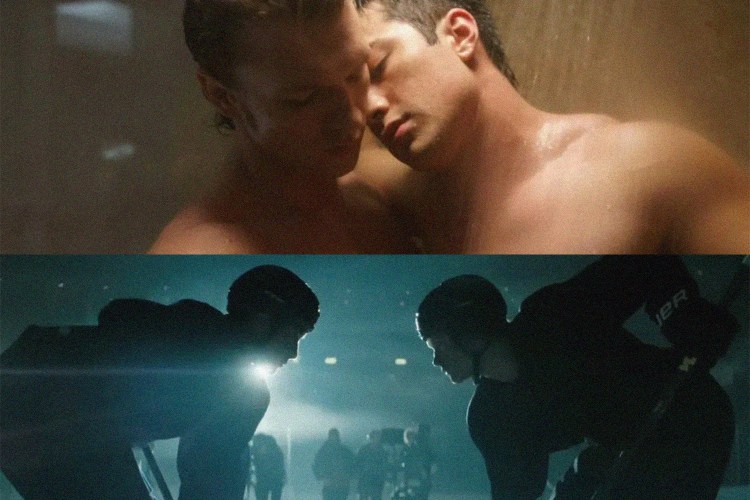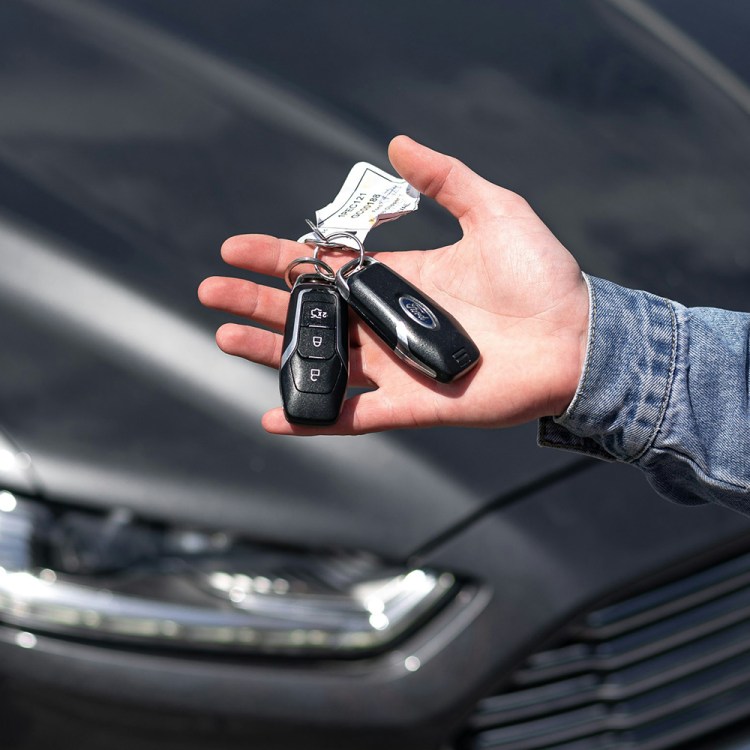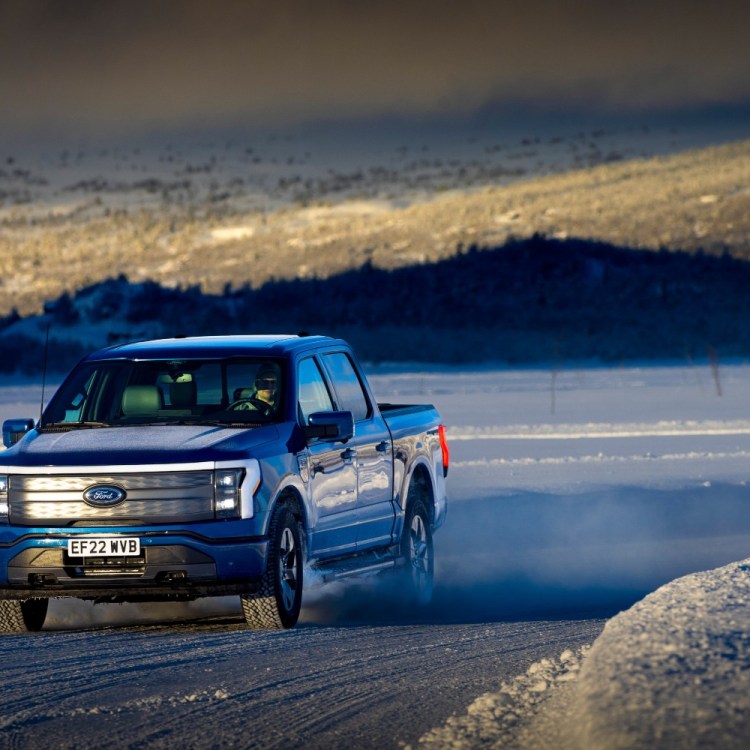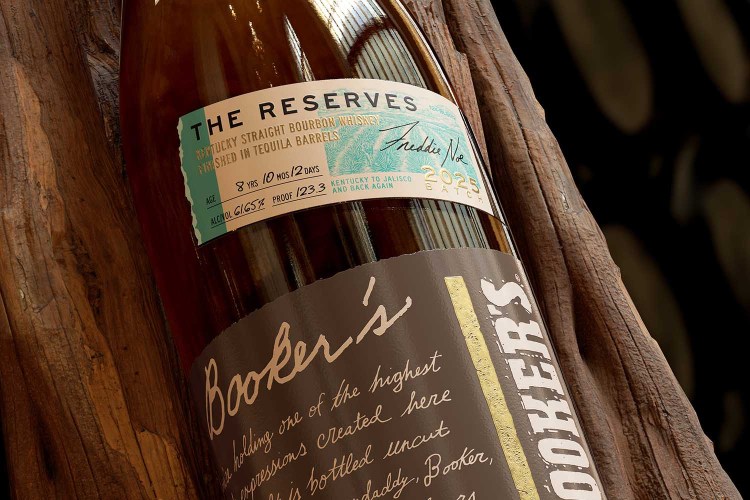If the Subaru WRX tS had hands, it would be giving the automotive industry the double bird as it tears out of sight on its next misbehaved roadtrip. In an automotive era of underpowered cars, on-again, off-again electrification, and driver-aid technology bordering on the intrusive, this year’s brand-new sport-tuned version of Subaru’s longstanding performance model is a pure driver’s car.
Built in one form or another since 1992, the WRX has always stood alone in the Tokyo-based automaker’s product line. Subaru is probably best known for building safe, reliable and resilient vehicles with reasonable price tags and good build quality. For the most part, those vehicles come in the form of civilized people-carriers with extra cargo capability for strollers, mountain bikes and kayaks.
Like so many other automakers, Subaru leaned hard into small SUVs and crossovers in recent years with the Outback and Crosstrek leading the way. While those rides will get you into the woods or out to the riverside with aplomb, neither is an all-purpose, tear-it-up off-roader like a Land Rover or a tricked-out Jeep. The Outback/Crosstrek combo maintains that very polite, responsible and level-headed Subaru vibe.
Echoing the troublemaking DNA of past models, the 2025 Subaru WRX tS drives up smelling of hot brakes and burnt rubber, shaking off some of that sensible attitude as Subaru’s lovable problem child. While those crossovers ford their streams, and the Subaru Legacy and Forester carry kids to lacrosse practice, the WRX tS exists to entertain its operator with the maximum performance its engineers can muster for its modest price range. That makes the car not only a gem in Subaru’s line, but unusual in the overall environment of consumer automobiles.
Put simply, there just aren’t that many cars built for fun anymore, and the WRX tS behaves as though its masters understand that.

The First-Ever Subaru WRX tS
The “tS” designation stands for “tuned by STI,” or Subaru Tecnica International. That’s the company’s in-house tuning division that takes standard builds and enhances performance elements. Essentially, it’s Subaru’s version of BMW’s M badge or the Mercedes-AMG tradition.
Once STI is done with the 2025 WRX, the sedan hits the road with a 2.4-liter, turbocharged flat-four engine capable of 271 horsepower and a 0-60 mph time of about 5.5 seconds. That may not rival the gaudy acceleration numbers of those BMW and Mercedes-Benz badges, but the WRX packs just as much driving pleasure at a fraction of the cost with its MSRP of $45,705. On the flip side, those stats do put the WRX well ahead of the less expensive Subaru BRZ coupe, the company’s other, more modest performance-themed car.
Confessions of a Four-Time Ford Mustang Owner
“I’ve owned more Ford Mustangs than most, not as many as some.”The power plant here enjoys a happy marriage with a wonderful six-speed manual transmission. While it’s cliche to point out that most Millennial and Gen Z drivers would stare at a “six on the floor” the way Victorian scientists marveled in confusion at Stonehenge, you couldn’t blame Subaru if they gave up on stick-shift cars altogether in this epoch. Still, they didn’t let the happy driver in you down — allowing skilled pilots to reach down and grab an extra gear on demand and bringing you in closer rapport with the machine.
Add all-wheel drive and performance-tuned Brembo brakes to that mix and the result is a car that goes precisely where you put it with thrilling quickness, stops when it must and makes enough of an angry noise to let the world know you’re not merely driving from point A to B.

Drivers Always Come First
Aaron Cole, Subaru product communications manager, describes the WRX tS as a sports car, but he doesn’t think the machine is exclusively for wide-eyed performance enthusiasts.
“It’s a car that absolutely begs to be driven and enjoyed,” Cole says. “This is the first time we’ve offered a WRX tS, and we see it as an option for drivers looking for a sharp, all-around vehicle that’s also true to Subaru.”
He insists the driver is always paramount to Subaru’s designs, but the WRX is indeed the company’s top example for passionate driving.
“Whether that’s a relatively unobstructed view of the road ahead with a more open greenhouse, or safety and driver-assistance features that only alert the driver first before escalating to more intensive measures to intervene, we focus first on supporting our drivers,” he says. “That’s always part of our brand’s DNA.”
We realize that WRX may not have something for everyone, but we’d like to think WRX can offer everything to some people.
Aaron Cole, Subaru Product Communications Manager
Cole shared some-in house statistics, reporting that 35% of WRX buyers have children living at home, while 58% own a dog. Add all that up into a family and that defies the WRX driver’s presumed identity of red mist-breathing speed demon.
“WRX buyers have families and need the practical use-case of a sedan, but they also want performance,” Cole adds. “Specifically for tS, most buyers are looking for a turnkey performance sedan that offers more tech, uprated braking and the flexibility of a suspension tune that goes sharper (Sport+) or more comfortable (Comfort) than our normal suspension tune.”
Those suspension settings point to one of the car’s only weaknesses. It’s a quibble, but even the Comfort setting might shake up the coddled backsides of drivers more accustomed to the modern crop of numb, serviceable cars. That’s not a criticism for a performance ride like the WRX tS, as such cars are designed for you to feel the road through your connection with the vehicle. Still, if comfort is your primary concern, look to other Subaru options. There are plenty of them.
The only other weakness at play here is a distinct under-styling. It’s not that the WRX tS is an unattractive car. It’s perfectly presentable, but a bit more flare and material variation could make the WRX look that much better and set it up visually as the flashy car it is at heart.

Long Live the WRX
Cole acknowledges that there are choices in the Subaru product tree that deliberately fulfill the more sensible requirements of the modern automotive age – vehicles built for security, function and ease of operation. While the WRX tS has the same essential safety and infotainment features as every other car in the Subaru line, it allows more direct input and sensory experience into its identity.
“We have a range of other vehicles in the Subaru lineup that cater to all of [the modern trends],” he says. “In the case of WRX tS, we want to stay true to what WRX started with in the first place: performance, practicality and position. We realize that WRX may not have something for everyone, but we’d like to think WRX can offer everything to some people.”
As with many of the more affordable performance cars that survive in this age of less entertaining driving, there’s a vague sense of sadness hiding in the background when behind the wheel of this highly joyful car. With its sensitive suspension, manual transmission and gasoline engine, it’s unfortunately already an outlier in the market — not a dinosaur by any means, but certainly an endangered species. In a world in which we’re often not allowed to live with carefree enjoyment, a car like the WRX sends that precise invitation, and it’s likely to be punished for it.
In other words, how long can the Subaru WRX tS survive in our grim and weary world?
“It’s no secret that regulatory hurdles can create a situation where cars like the WRX become more difficult to make,” Cole says. “For example, WRX is now equipped with automatic emergency braking on manual-equipped models. That required engineering and development costs, but also helped to keep WRX compliant and on-sale. We plan to offer WRX for as long as we can to cater to a segment of the market that is not only very vocal but also loyal to our brand.”
This article appeared in an InsideHook newsletter. Sign up for free to get more on travel, wellness, style, drinking, and culture.

